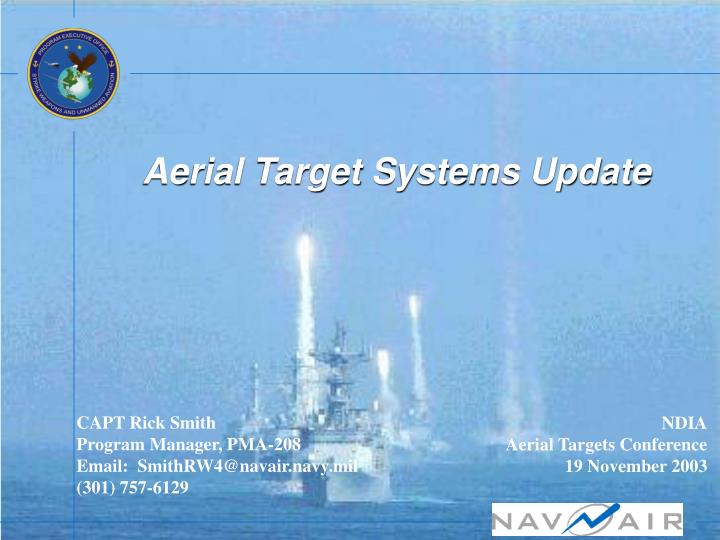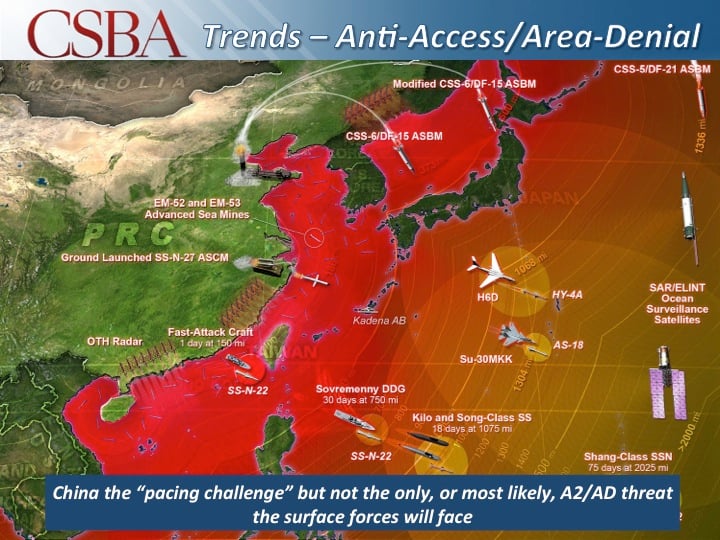kqcke for you
PUMA PUMA PUMA
- Joined
- 3 November 2022
- Messages
- 1,287
- Reaction score
- 1,703
Yeah that would be super good but its gonna be complicated. But i think its possible to do it.
Yeah that would be super good but its gonna be complicated. But i think its possible to do it.
Yeah but 3M54K isn't Limited to MK.41 size and doesnt have an LO requirment. Its Shows that it is possible but we want something way harder to build. Tought it could be one of the best ASHM in the world.There's the example of 3M54K, with a supersonic sprint stage that launches from a subsonic carrier airframe. Definitely complex but also doable.
Yeah but 3M54K isn't Limited to MK.41 size and doesnt have an LO requirment. Its Shows that it is possible but we want something way harder to build. Tought it could be one of the best ASHM in the world.
Maybe. Another question would be to make what LO. The whole Missile or only the sprint Part? If we do sea skimming they don't have that mutch of a range to see it. Hard to see and very fast could be very deadly but it probaly won't be that nice for the rangeIt fits a 21-inch torpedo tube, though it does seem to be too long for a Mk41. If you accepted less range on the cruise segment and shaped the carrier fuselage for reduced RCS, I'll bet you could get close.
I think the sprint part is the nose of the missile. So do head-on LO shaping like the newest Tomahawks, and both subsonic and supersonic stretches are covered.Maybe. Another question would be to make what LO. The whole Missile or only the sprint Part? If we do sea skimming they don't have that mutch of a range to see it. Hard to see and very fast could be very deadly but it probaly won't be that nice for the range
Maybe. Another question would be to make what LO. The whole Missile or only the sprint Part? If we do sea skimming they don't have that mutch of a range to see it. Hard to see and very fast could be very deadly but it probaly won't be that nice for the range
True. At Mach 3, that missile is covering 1km/sec. How far is the radar horizon for something 10m off the deck? 20km? less? Your total system reaction time is now ~20sec or less, assuming that the missile is obvious enough at that range to be detected. ~1.5sec human reaction times to slap the great big red "defenses to AUTO" button, SM2(equivalent) intercepts at about 8km, 1sec "look" before next shot, RIM-116(equivalent) intercepts at about 3km, then it's down to CIWS starting firing with missile at 2km with initial impact of rounds at 1km and destruction at about 500m.You'd really have to model it, but my gut says you make the carrier airframe LO so that it can get quite close to the target and don't bother trying to reduce the sprint stage RCS because it's going it have a screaming IR signature anyway. If you can get relatively close before you light the sprint stage, the overall engagement space is closed up dramatically.
True. At Mach 3, that missile is covering 1km/sec. How far is the radar horizon for something 10m off the deck? 20km? less? Your total system reaction time is now ~20sec or less, assuming that the missile is obvious enough at that range to be detected. ~1.5sec human reaction times to slap the great big red "defenses to AUTO" button, SM2(equivalent) intercepts at about 8km, 1sec "look" before next shot, RIM-116(equivalent) intercepts at about 3km, then it's down to CIWS starting firing with missile at 2km with initial impact of rounds at 1km and destruction at about 500m.
Thats the thing because LO wont Work all the way. The closer you get the weaker your LO shield is. While russian and Chinese Radar may not be so good now they will get better and Stealth only won't be the solution anymore. Then its both.I think subsonic cruise and supersonic sprint is the worst of both worlds. You add complexity dramatically. And after you've managed to sneak really close to a target you give it all up in the final burst of speed. Given the reaction times of modern defence systems I don't think it adds anything really, apart from 100% guaranteeing that they will detect you on the run in. Perhaps it makes sense with a non-LO missile, but if you've gone to all of the trouble of making it LO you may as well use it all the way in.
At close enough ranges, radars will detect stealthy targets, so it makes sense to minimise exposure time during the terminal phase when the missile will be detected anyway.
The main problem with subsonic cruise phase is the amount of time it will take for the missile to get to its target, and whether said target will still be there. I know the US put significant effort into trying to achieve accurate Over-The-Horizon targeting during the last decade of the Cold War, to be achieved entirely by passive means via White Cloud and EP-3s etc (thus ideally giving the Soviets no forewarning, in the belief that they would be keeping active emissions to a minimum, hence air-search radars off, until they detect the TASM seekers switching on).
It will be interesting to find out how that has developed in the intervening 30 years.
LO doesn't make the missile invisible, it just greatly reduces the range at which the defenses can get enough of a return to get a firing solution.I think subsonic cruise and supersonic sprint is the worst of both worlds. You add complexity dramatically. And after you've managed to sneak really close to a target you give it all up in the final burst of speed. Given the reaction times of modern defence systems I don't think it adds anything really, apart from 100% guaranteeing that they will detect you on the run in. Perhaps it makes sense with a non-LO missile, but if you've gone to all of the trouble of making it LO you may as well use it all the way in.
But either way it won't happen....with the subsonic stealthy missile arriving by 2028 that means that its a low risk development in terms of its flight characteristics. There just isn't time for the sort of flight development that a 2 stage missile would require.
LO doesn't make the missile invisible, it just greatly reduces the range at which the defenses can get enough of a return to get a firing solution.
If the missile is supersonic in the terminal phase, it spends minimum time inside the "already detected by the defenses" range. If you can get the detected range down to less than 10km, you just removed their SM2/ESSM equivalents from the defensive engagement entirely, because by the time the first defensive missiles arrive the incoming missile is already at the "launch commit" range for the RAM equivalent missiles! (Yes, I'm using US missiles, because the first time I did this thought experiment was with the 3M54 Klubs, attacking a US ship)
Lightweight, so the 324-400mm torps, are pretty terrible at damaging anything more than an OPV I suppose. AFAIK they use shaped charge since even a tiny one can pop open a sub's shell and kill pretty much anything inside. The "keel-blowing" heavy torps and Quickstrike bombs are pure HE, but their warhead are also over twice as heavy.torpedo might be worse in terms of lethal effects
Lightweight, so the 324-400mm torps, are pretty terrible at damaging anything more than an OPV I suppose. AFAIK they use shaped charge since even a tiny one can pop open a sub's shell and kill pretty much anything inside. The "keel-blowing" heavy torps and Quickstrike bombs are pure HE, but their warhead are also over twice as heavy.
How about a missile that dive into the shallow zone and cruise, supercavitating-style, and detonate just below the ship?
So sacrifice some range, what antiship missile needs a 1500km range?Yes, subsonic cruise and supersonic terminal is the most dangerous and difficult to stop attack method for sea skimmers. A torpedo might be worse in terms of lethal effects but would likely have less range, unless it were a proper heavyweight, which magnifies the Klub's main issue: the missiles that haul this kind of stuff are humongous.
I'm not sure an anti-ship Klub would fit in any American VLS outside of a Trident for instance since the missile is almost 10 meters long.
So sacrifice some range, what antiship missile needs a 1500km range?

Going from some 600lbs thrust to 2400lbs thrust in afterburner should do it.Personally I've hypothesised a two stage system, seeking up to the Horizon and Sprint across the gap.
Frankly the Sprint phase has to be explosive in acceleration to stand a chance. So likely high energetic rocket and as fast as possible.
Exactly.Assume 20nm Horizon limit.
At 600kts or nmph this equates to 2 minutes to close the distance
At 1,200kts or roughly mach 1.8 that reduces to 1 minute
At 2,400kts or mach 3.6 that's 30 seconds
At 4,800kts or mach 7.2 that's 15 seconds
At 9,600 or mach 14.4 that's 7.5 seconds.
Sea skimming with mach 7? Why don't we just do sea swimming at that Point ?

Crud, a Mach 2.7 missile can do that just fine if destroyed at 500m from the target!However a Mach 7 missile might only need to break apart into multiple shrapnel and the impact is likely to pepper a ship with many holes. Increasing the likely destructive and disabling of it.
For things in the air, damaging their wings, tail, or control surfaces is enough to make them crash at long range.Have they ever tried a system like SDIs Homing Overlay Experiment type vehicle for the anti-anti-ship missile mission or are blast fragmentation warheads easier and more effective.
Remember that there's also usually a Phalanx CIWS gun in there, too, so it's one RAM shot and then CIWS for a few seconds.However it doesn't take a genuis to see that if we can sneak up to just 10nm.close, and assuming 14 seconds is too short for anything but a single RAM shot at best, then Mach 3.5 is good enough......and fast enough to not need much explosive warhead.
Yes and No.But you still need a couple hundred kg or more of HE, ships are big targets. A tank is basically one compartment on a ship, so an attack that will total a tank may not damage more than one compartment on a ship.
Well Not against ships to my knowledge but only against Land Targets with the Land Attack VersionWas there ever a successful combat engagement recorded by the Klub-S in any conflict? I am interested in a real life engagement that shows its effectiveness .....
